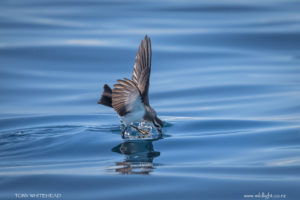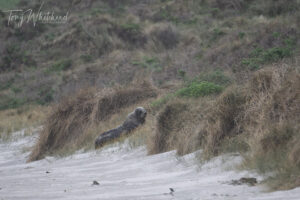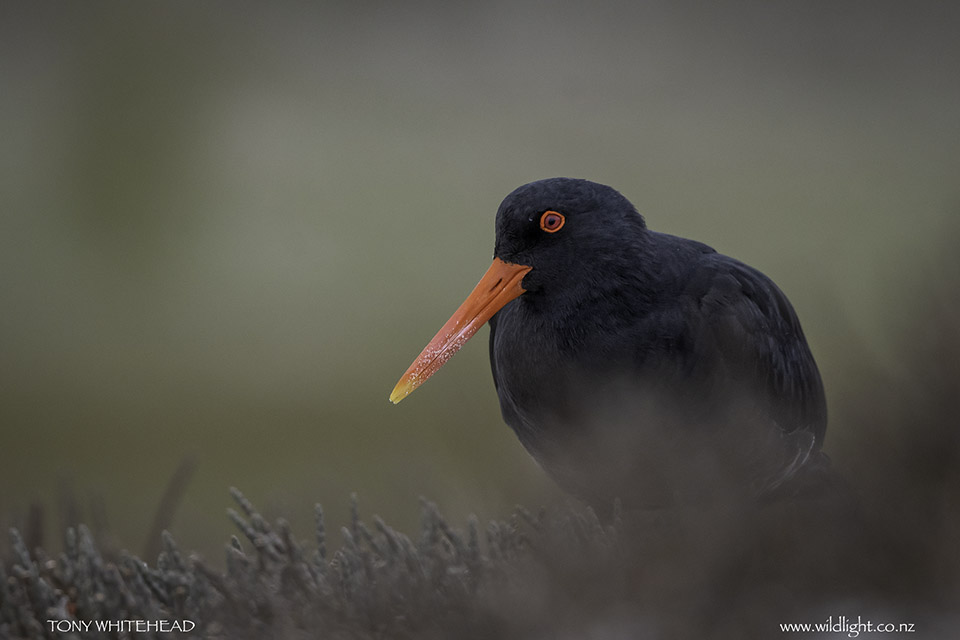
This post breaks some kind of a record for the longest delay between writing and publishing. I wrote this post while on holiday in Waipu chasing Fairy Terns in November 2019. It sat in my pile of drafts for some time and was put further down the list after Edin published on the same topic in June 2020. The images illustrating this post are from that time or earlier and many more recent ones illustrate the same idea. Before the images become more outdated I thought best to pull the trigger and post it. I have a couple of other “bird photography tips” posts written on that holiday that I must get posted so there may be a couple of older posts in the next weeks.
Telephoto lenses are the staple tool of bird photography mainly because they allow imaging from a distance and wild birds are notoriously cautious and most have the power of flight. The other reason is for the same reason that telephoto lenses are the staple of human portraiture – they allow subject separation from the background. Fast telephotos (85mm f1.4, 70-200mm f2.8 for humans, 300mm f2.8 or f4, 500mm f4 or f5.6, 600mm f4 for birds) all have a narrow plane of focus when used wide open. This creates a lovely smooth defocussed background that pops the subject. We usually try and get a clear shot of our subject against a nicely blurred background but by including foreground elements that are also out of focus (OOF) we can add another dimension of depth to the image.
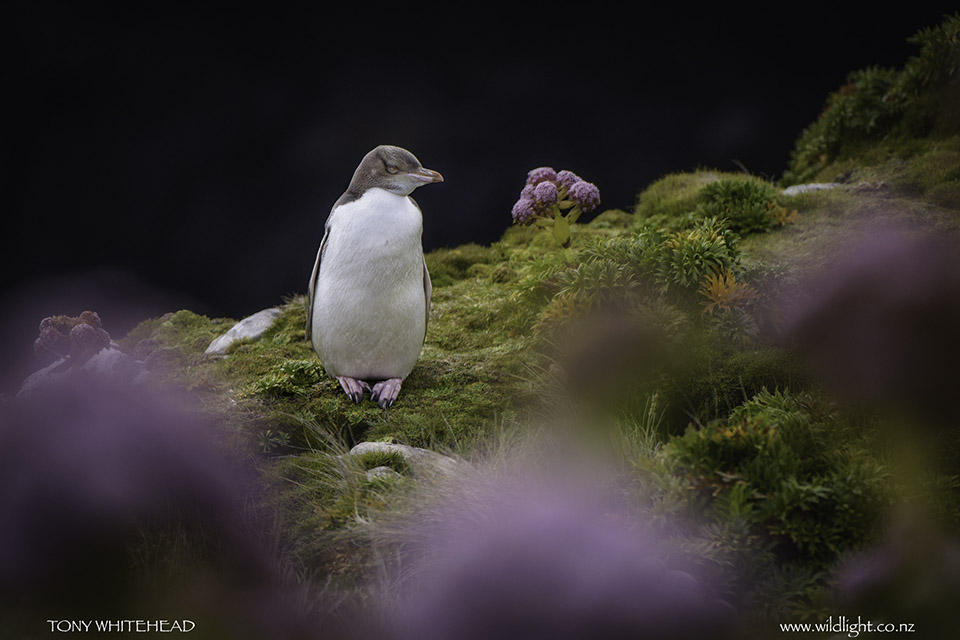
In this image of a Yellow-eyed Penguin chick resting amongst blooming Anisotome latifolia on Enderby Island in the Auckland Islands group, the out of focus pink foreground blobs echo the colour of the penguin bill and feet while the less out of focus flower near the bird lets you know what the foreground elements are. The foreground flowers conceal the vegetation around the bird that would otherwise render more sharply and distract so all attention focuses on the penguin.
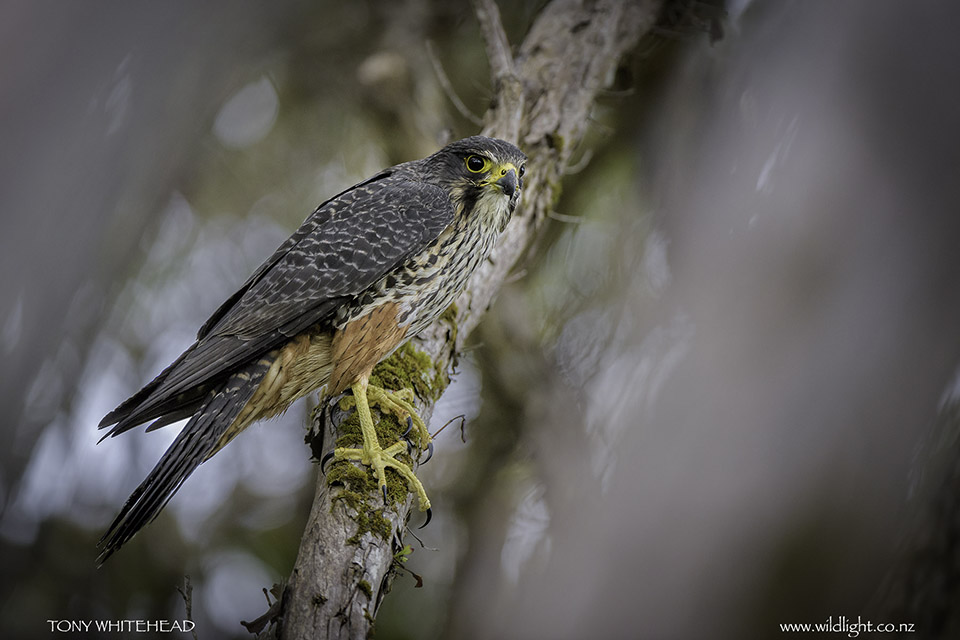
This next image shows a New Zealand Falcon tiercel peering between trunks of Southern Rata on Enderby Island. The out of focus foreground trunks have been used to echo the angle of his perch and conceal the clutter of the adjacent trees and busier background.
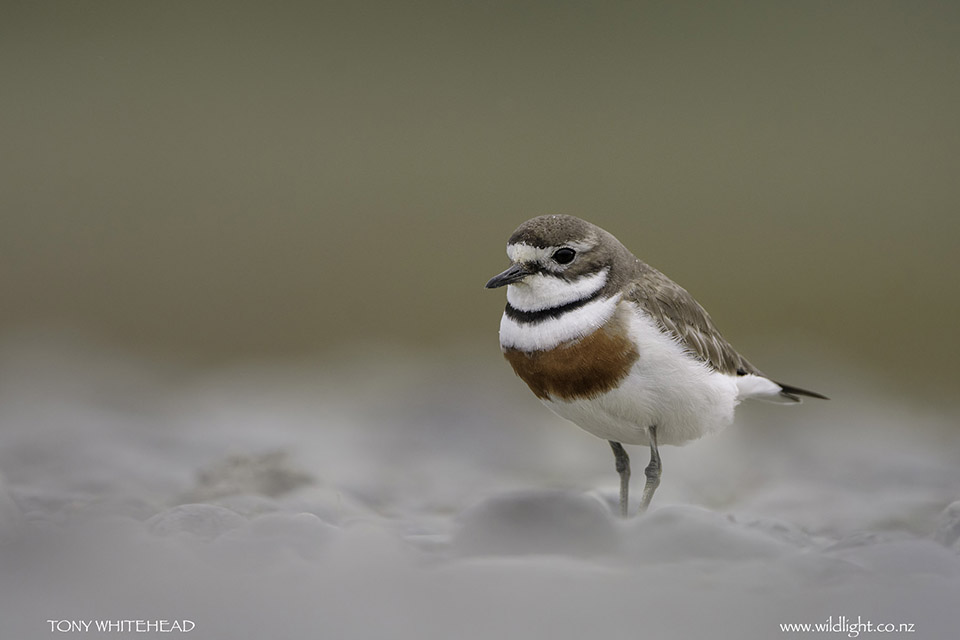
These next pictures show a Banded Dotterel on a pebble island on the Tasman river. An extremely low angle gives us an eye-level view of this tiny bird and blurs out the foreground and background so that the bird is the only sharp and unobscured subject in frame.
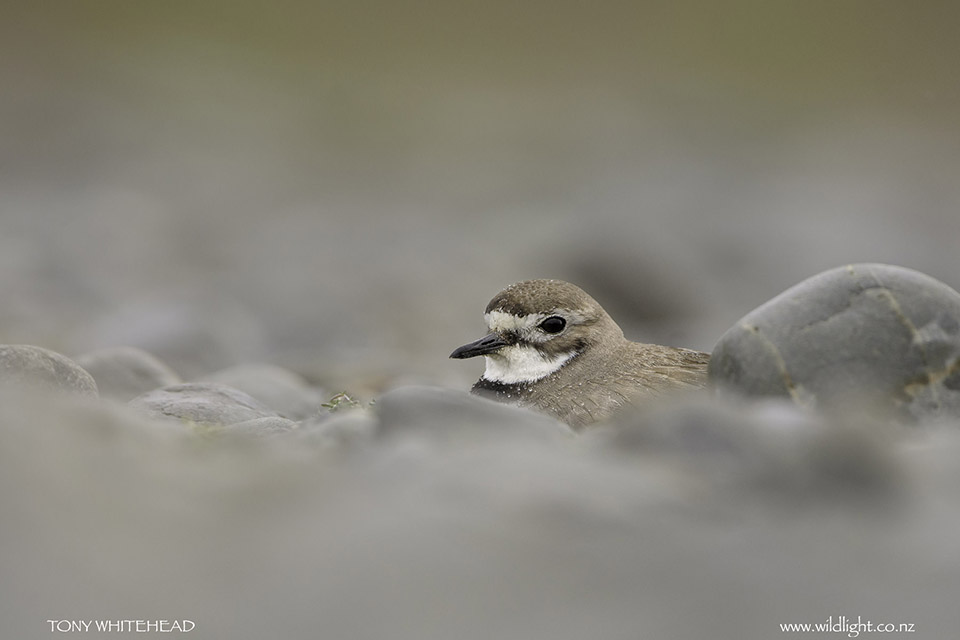
This image shows the same bird when sitting on the nest. Using an out of focus foreground completely isolates the bird in what would otherwise be a sea of pebbles. Looking from a higher angle the bird is well camouflaged and hard to isolate as a subject amongst all the rounded pebbles.
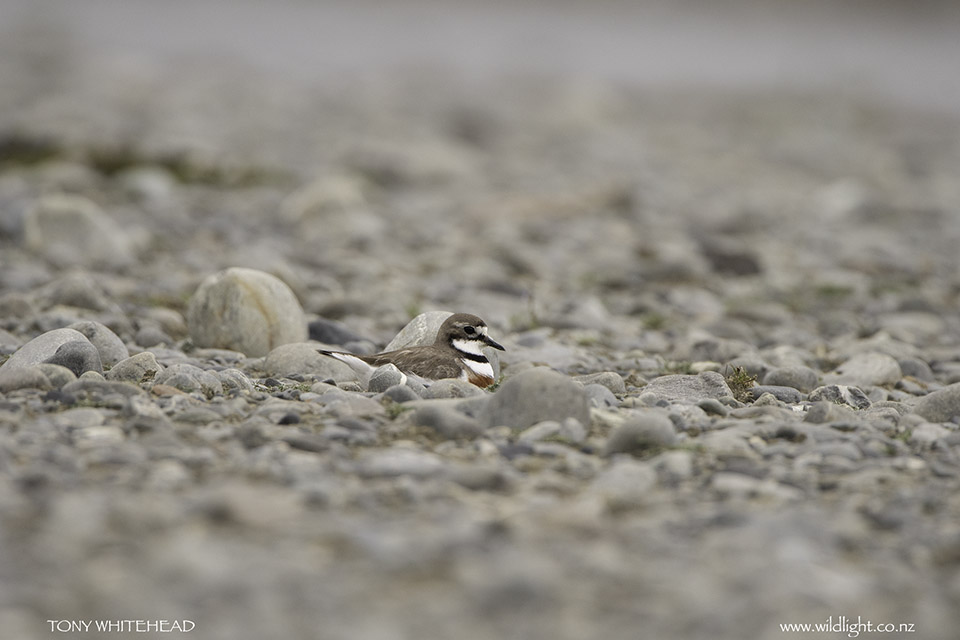
The above image shows the advantages of an eye-level shooting angle in the previous image. While foreground and background are still out of focus there is not the same degree of subject separation.
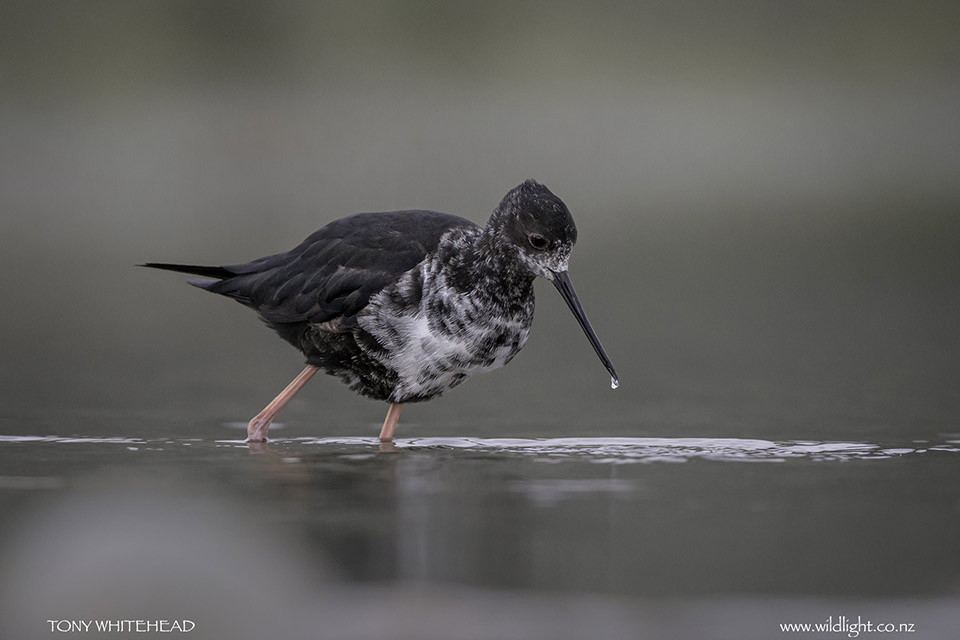
This image was taken near the same location as the Banded Dotterel images when lying on the pebbles at the edge of the Tasman River. The blurred foreground are pebbles on the edge of the river and add an element of depth and subject isolation that would be missing if water extended to the base of the photo.
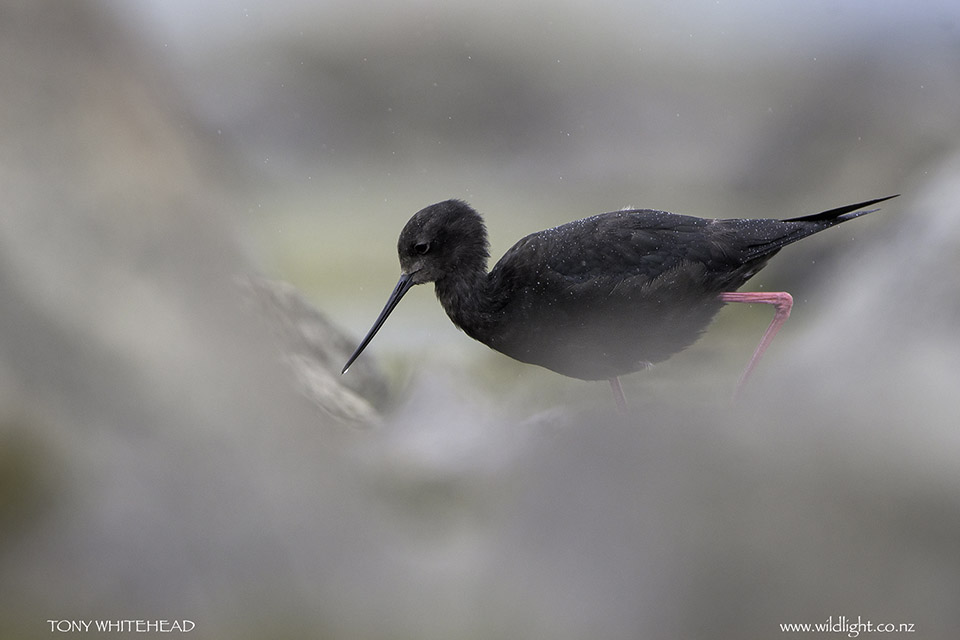
This next image takes blurred foreground elements to the next level with nothing being sharp apart for parts of the bird. This Kaki was foraging along the edges of a small flooded area amongst rocks and I timed the shot to get a sharp view of the head and bill and used the surrounds to achieve a natural soft vignette of blur.
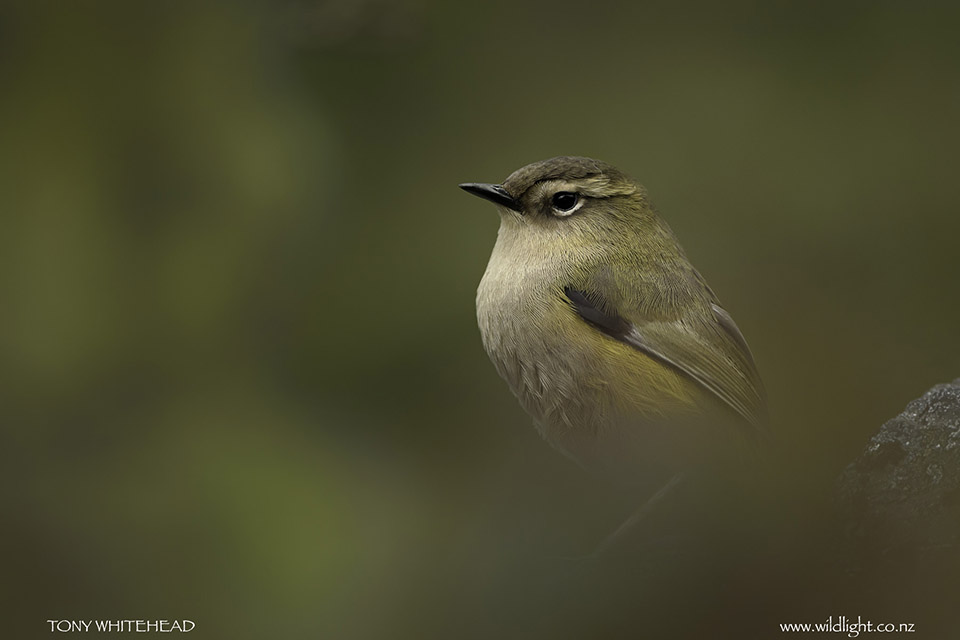
I used the same technique with this Rockwren taken in the Southern Alps high above the Homer Tunnel. The Rockwren are being intensively studied in some areas so more and more are sporting brightly coloured bands to enable easy identification of individuals from a distance. This is very distracting photographically so I used vegetation to conceal and blur the legs. This didn’t solve the problem but made it much easier to deal with in post-processing.
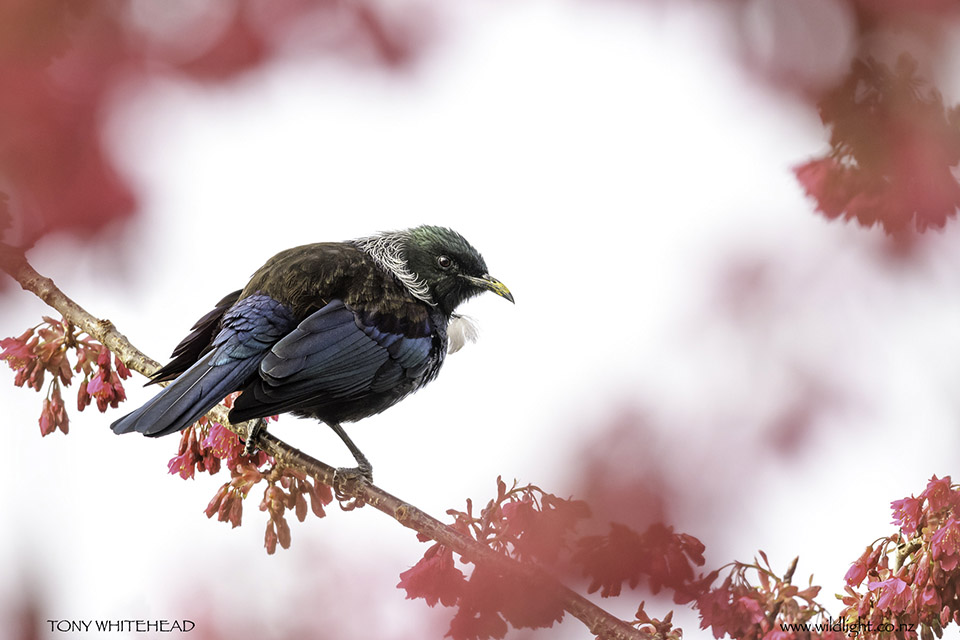
This image of a Tui feeding amongst Cherry blossom uses out of focus foreground flowers to partially conceal background distractions and to provide a natural vignette of colour.
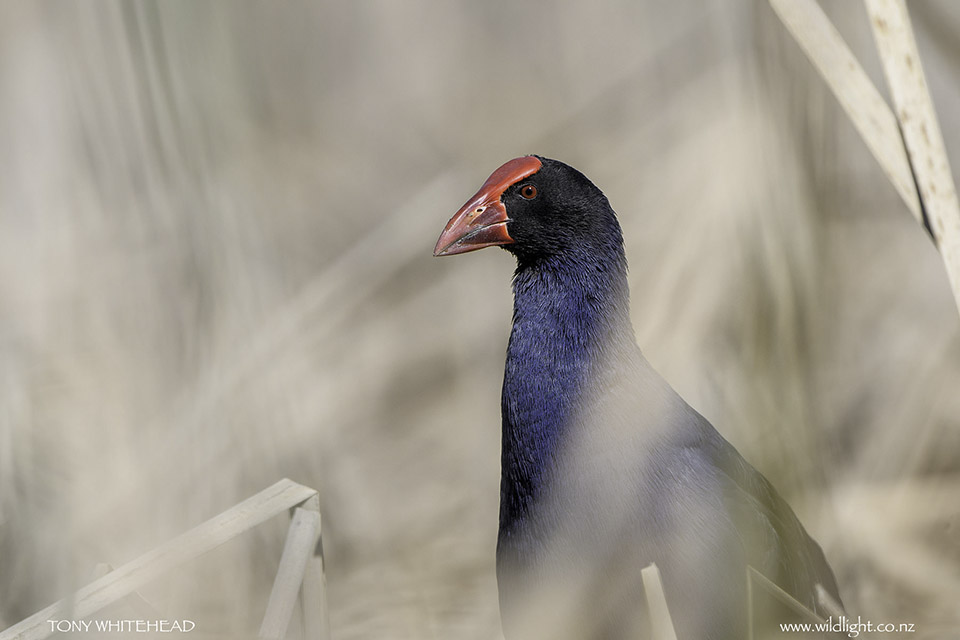
Hopefully these examples illustrate that is is not always necessary to get a completely clear view of your subject. Out of focus foreground elements can be used as a compositional device to accentuate aspects of the subject and conceal distractions within the frame.
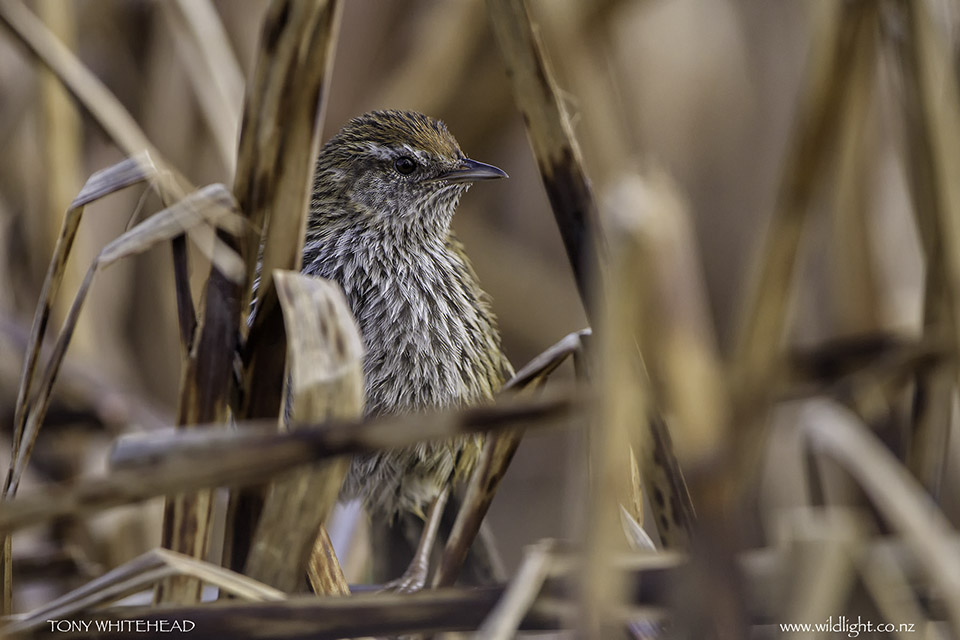
Enderby Island photos with Nikon D810 and Nikon 200-400mm f4VR lens. All others with Nikon D500 and Nikon 500mm f4VR lens apart from Tui with Nikon D850 and 500mm f5.6PF lens
